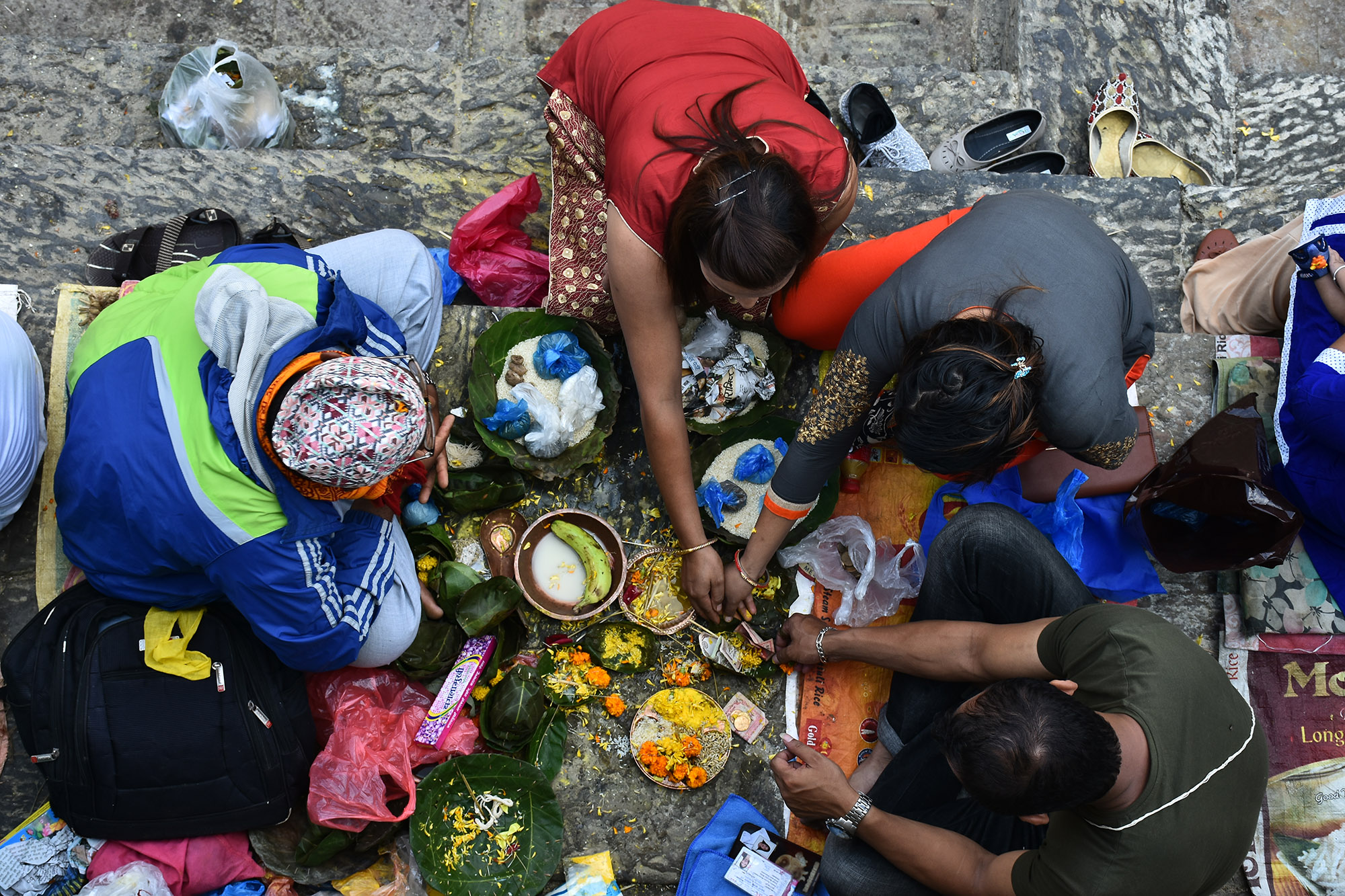In human life, there is one irreversible truth that guides you all. If you are born on this earth, you have to die. Human life is a mystery; no one knows how long you live.
But, there is a belief that deceased souls can be reborn in another life. For that, however, the kin are supposed to perform some rituals in this world so that the deceased souls may get to the afterlife. For this, there are many days and many pilgrimage sites believed to be sacred for the cause.
One of them is Poush/Poushe Aunsi. On this day, rituals like shraddha (annual rituals generally performed on death anniversaries of people as per the lunar calendar) are performed in the name of the deceased. Traditional Hindu scriptures and leaders have prescribed certain pilgrimage sites across the country to offer such prayers and worships.
Today, on the occasion of Poushe Aunsi this year, we provide you with the list of the eight most popular Hindu pilgrimage sites in Nepal where you can pray for your deceased family members.
1. Gokarneshwar

Since Satya Yuga, the Gokarneshwor Mahadev temple is said to be a very important pilgrimage site among various Shiva temples of Nepal. This temple was built by the son of King Vrishakarna of Panchal for the liberation of his father and himself. The Gokarneshwar Mahadev temple is located on the bank of the holy river of Bagmati on the northeastern outskirts of Kathmandu.
It is said that while meditating in this temple, Ravana was blessed to conquer Trailokya. In Shakti Sangama Tantra and Varaha Purana, the greatness of Gokarneshwar is mentioned. Therefore, people worship Gokarneshwar to get the blessings of Gokarneshwar for the amity of the soul of their loved ones.
2. Gosainkunda
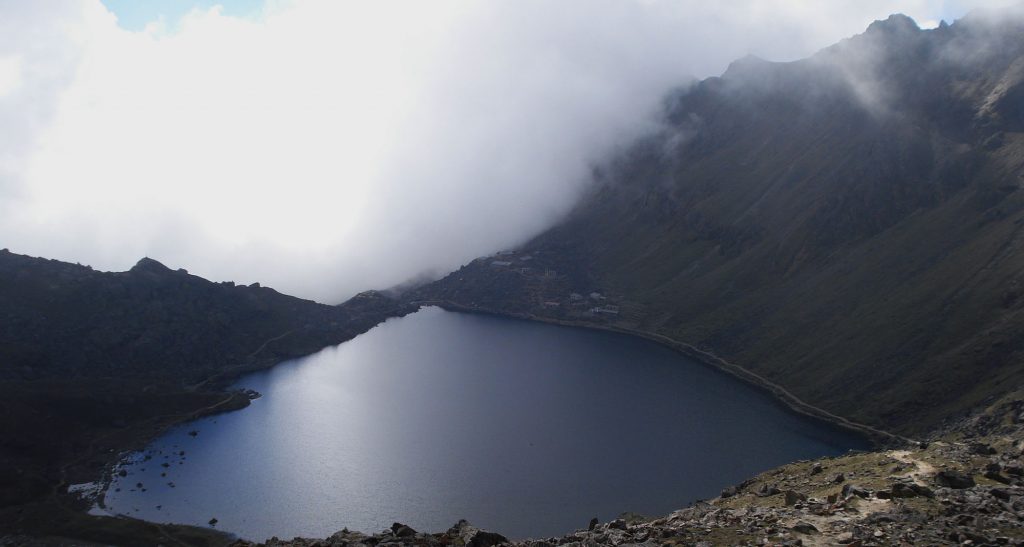
At an elevation of 4,300 m high, the Gosainkunda lake is located inside the territory of Langtang National Park in the Rasuwa district. It is one of the many important pilgrimage sites in Nepal. Hindu folklores say Gosainkunda was made when Lord Shiva thrust his trishul (holy trident) into the mountain to extract the water to cool his burning throat after swallowing poison. Later, Gosainkunda was considered the home of Lord Shiva and Gauri. Hence, pilgrims take holy baths and offer their prayers in the holy water hoping to get closer to divinity, for themselves and for their deceased family members.
3. Muktinath
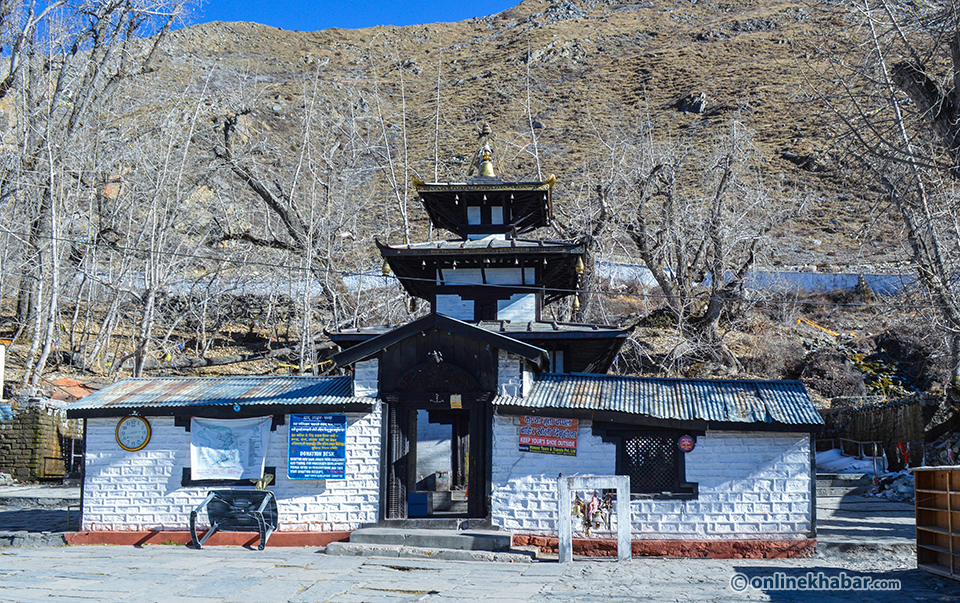
In literal meaning, Muktinath refers to a place of salvation/ nirvana. Muktinath, a beautiful pilgrimage site is located in the Muktinath valley at the foot of the Thorong La pass in Mustang. Muktinath is one of the world’s highest temples situated at 3,800 m in height.
According to Hindu myths, there is a saying that this world is maya, an illusion of the rebirth cycle. Many try to get free from this cycle and achieve nirvana. A trip to Muktinath will assist in succeeding in this objective. In the back of this temple is 108 water-taps which are also referred to as Muktidhara, where water flows continuously from the bull-head like tap and two kundas (ponds in front of the temple). Bathing at these 108 water taps and two ponds is believed to bring salvation for yourself and your deceased family members.
4. Kagbeni

Kagbeni is considered one of the oldest villages in the Himalayas, as well as the only gateway to the upper Mustang. It is a Tibetan village located in the Baragubg Muktikshetra rural municipality of the Mustang district at an altitude of 2,804 m.
Kagbeni is also one of the major pilgrimage sites for Hindu pilgrims. It is renowned for pitri-puja (rituals for the deceased) and is also known as Pitri Moksastala. This is one of the main reasons why many Hindu pilgrims stop at Kagbeni before going to Muktinath.
5. Devghat
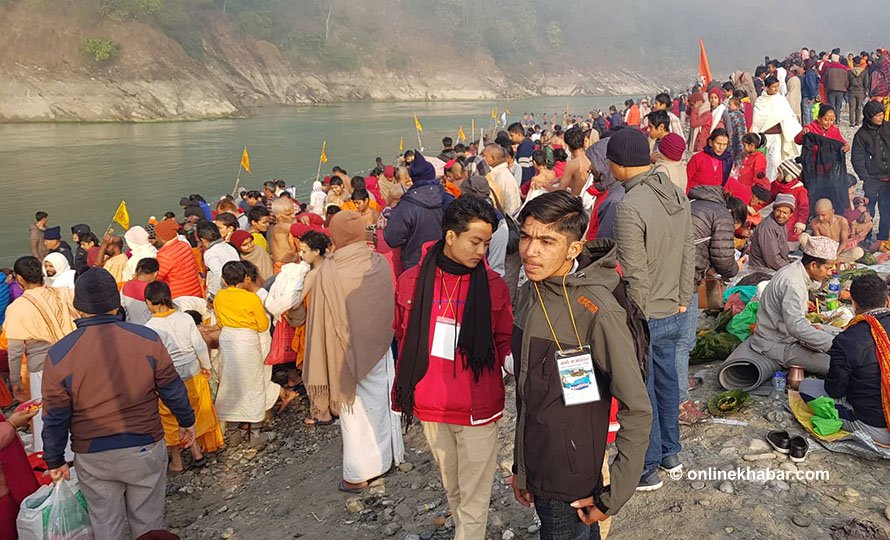
In holy books such as Barahpuran, Skandapuran and Bhagwat, Devghat is considered one of the most sacred pilgrimage sites in the region. Located on the bank of Narayani in the Tanahun district (across Chitwan), this place carries natural, religious, historical as well as cultural importance. This is the place where great rivers like Kaligandaki and Trishuli meet together.
As per Barahpuran, Devghat is the holy place where gods come to visit time and again. Likewise, there is a belief that the soul of the person, whose natural death occurs in this region, gets salvation. So, people worship Devghat as a medium of communication to the gods wishing serenity for their departed family or relatives.
6. Barahakshetra
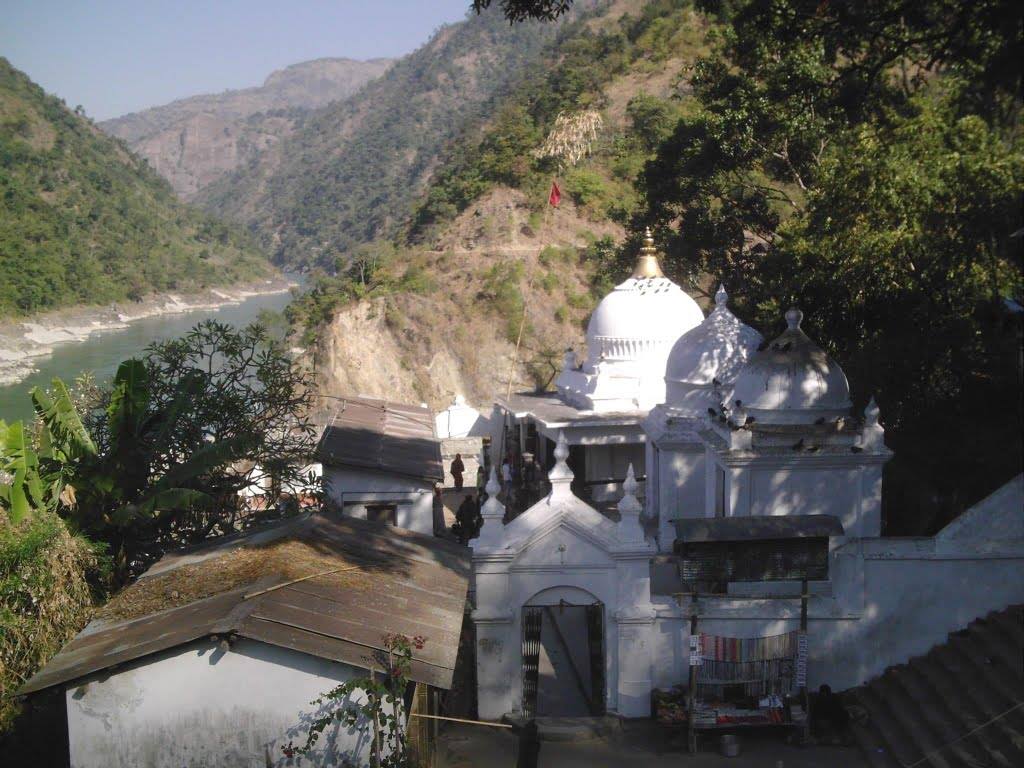
Barahakshetra is another important pilgrimage site for Hindus in Nepal. In Barahakshetra municipality of the Sunsari district in eastern Nepal, Barahakshetra Dham lies at the junction of the Koka and Koshi rivers. Here, the Barah/Varah, an incarnation of Lord Vishnu is worshipped.
According to the holy books, Barahakshetra is one of Nepal’s oldest shrines. It is also praised in the epic Mahabharata. This site is filled with historical and religious significance. It is said that this temple has the spiritual blessings to cleanse the soul and heart of the devotees.
7. Halesi Mahadev
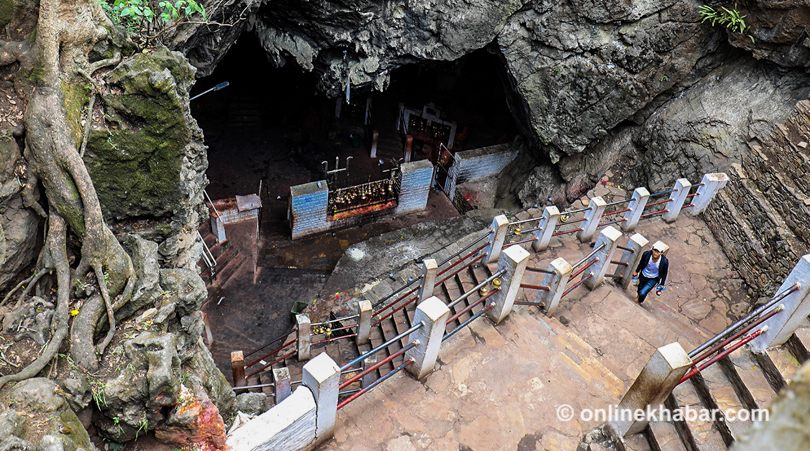
Located in Mahadevsthan, Khotang, Halesi Mahadev is referred to as the Pashupatinath of eastern Nepal. The temple of Halesi Mahadev is located just between the two holy rivers: Dudh Koshi and Sun Koshi. It is believed that this pilgrimage site with a cavern was used by Lord Shiva to protect himself from the devil Bhashmasur. To date, people following Hinduism visit Halesi in the search of salvation for themselves or the departed ones.
8. Manakamana
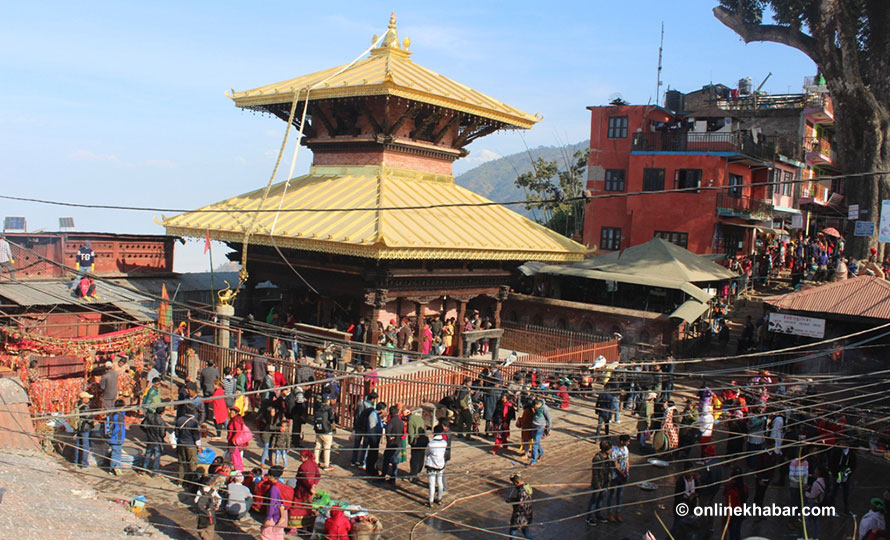
Manakamana is made of two words ‘Mana’ and ‘Kamana’, meaning the heart and wishes respectively, referring to the blessings given by Manakamana Devi through the fulfilment of wishes of her devotees. This pilgrimage site located in the Gorkha district is believed to be the incarnation of Goddess Parvati. Ancient history explains that during the 17th century, the queen of Gorkha was the reincarnation of the goddess. In the present time, couples come to worship Manakamana temple for their long life, students for success in their studies live, while some worship for their dead relatives to have peace in the afterlife.



